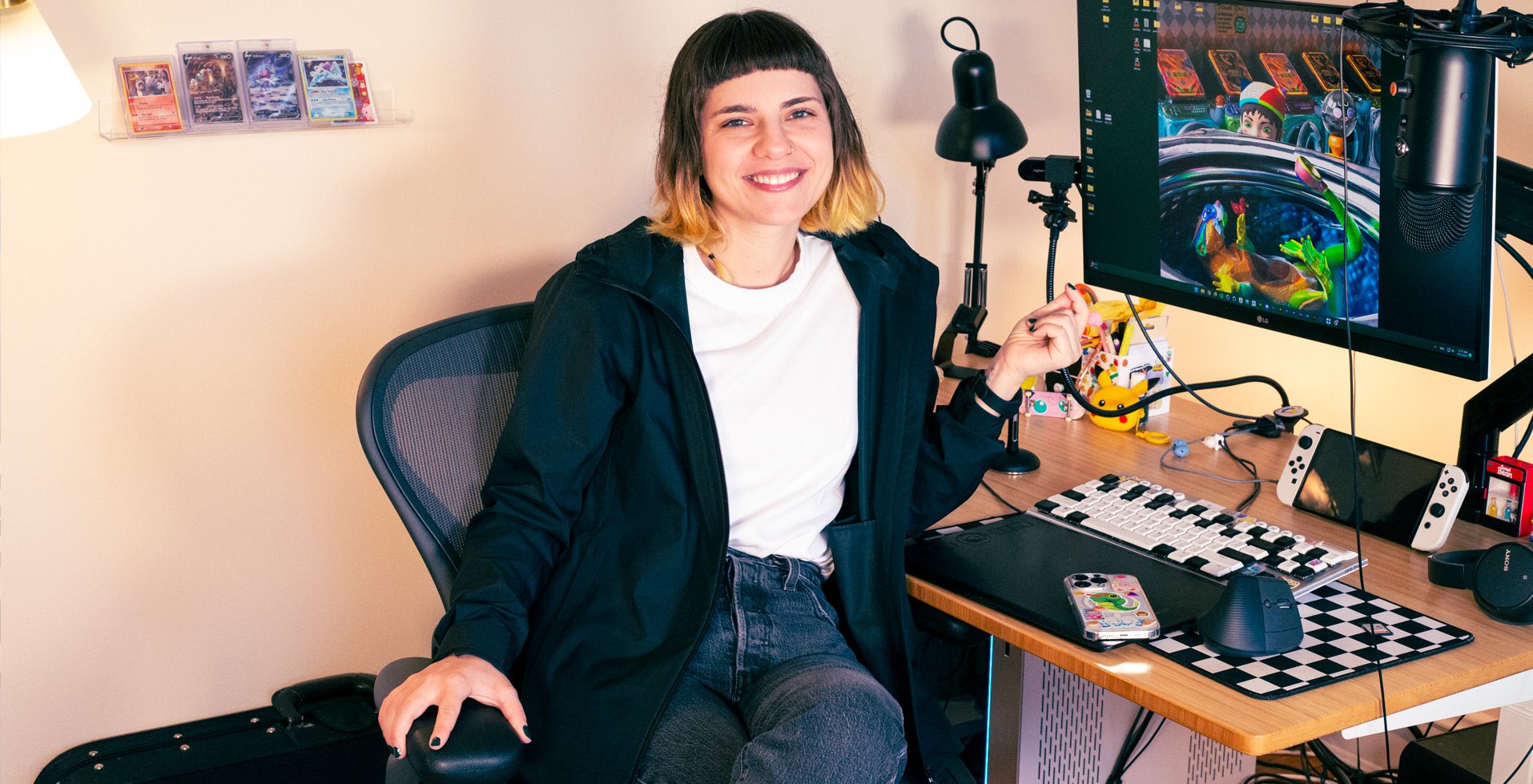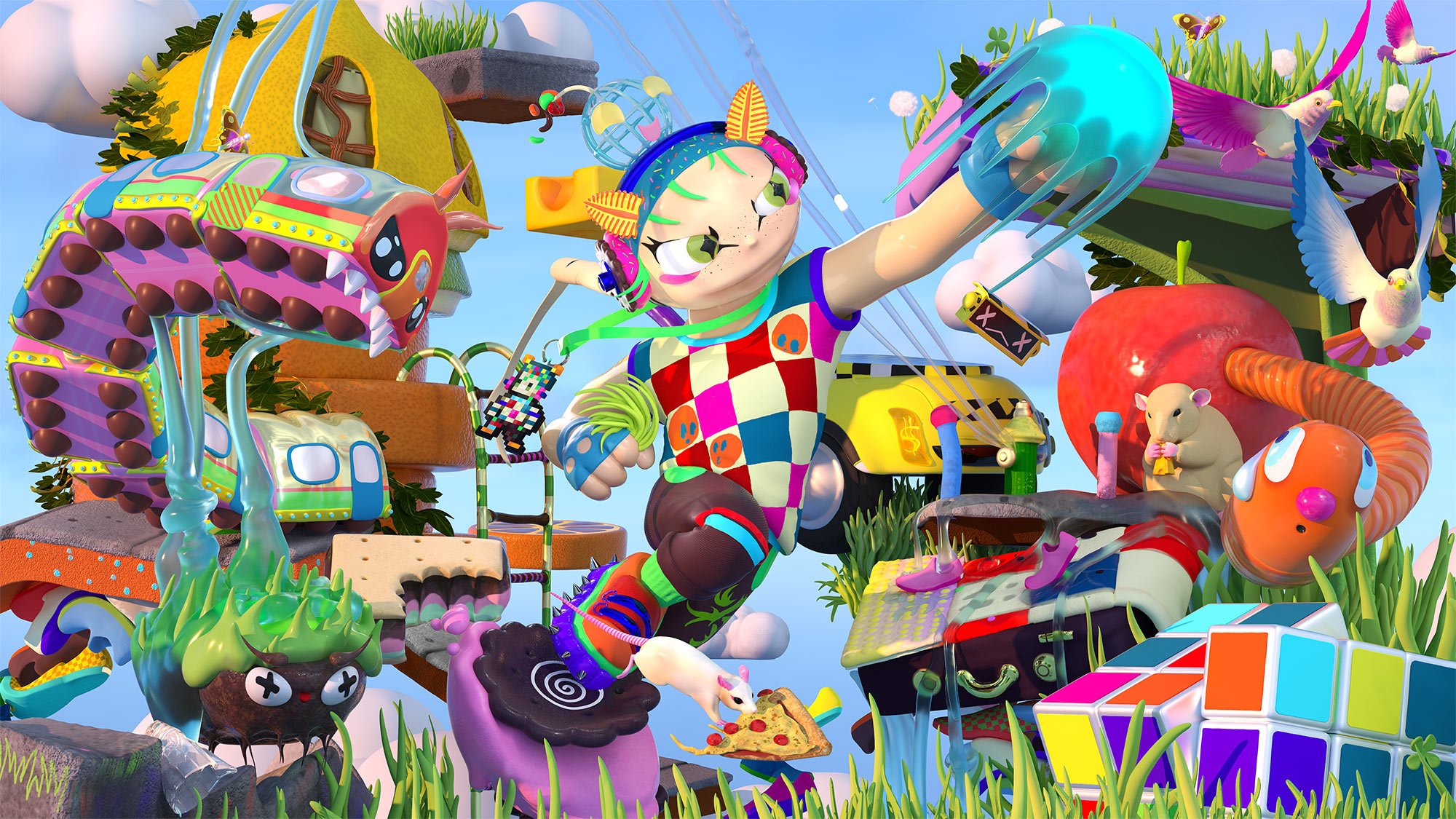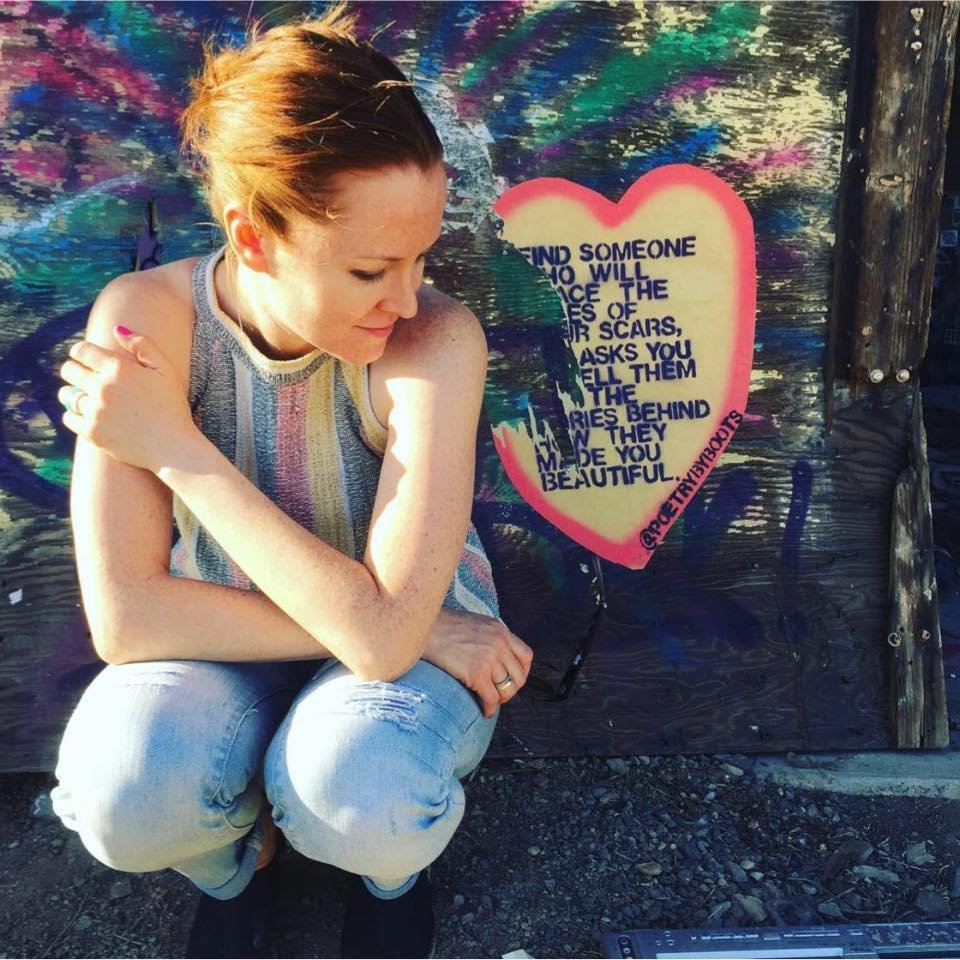I had the pleasure of chatting with Nicole Ruggiero, a 3D artist based in New York. Nicole's work, inspired by video games and the internet, explores the intersection of technology and culture. During our conversation, Nicole discusses her journey into digital art, emphasizing the role of online forums in shaping her early experiences. We also explore her recent projects, including an animated series called Wish ‘N Wash, set in a late/post-capitalist society. Nicole shares her insights on the evolving role of digital and 3D art, noting a shift towards exploring nostalgia in various forms.
Nicole and I are teaming up for the "Mixing Digital and Physical Worlds Workshop" on Dec 16, 2023, at 9 am PST / Noon ET. Join us for a 1.5-hour exploration of tools for 3D and 2D art, NFTs, and bridging the digital-physical gap. Engage in a discourse on web3, blockchain, and NFTs. This donation-based workshop ($11 - $33) ensures accessibility for all and nobody will be turned away for lack of funds.
You can learn more and register for it here.
My Interview with Nicole
1. Would you mind introducing yourself and letting us know a little bit about you and your work?
Hi I'm Nicole! I make 3D art about the internet and technology. I've always loved connecting with people through tech and I love adding a bit of warmth to something that can typically feel pretty cold.
2. Is there a reason you started to work digitally? What has that journey been like for you?
That's a good question. I actually started making digital art when I was about 12. Before that I didn't really have anyone to show my work to, but being on online art forums made me feel pretty excited to share my work and get critique.
3. Is there a recent project you’ve done that you’re particularly proud of? If so, why?
Recently I've been working on this animated series with my partner, PLANTTDADDII, called the Wish ‘N Wash. It's about a late/post-capitalist society, in a world where soap is scarce so people go to the local Wish N Wash laundromat and casino to win soap and wash their clothes.
I also have another WindowsXP themed piece that I’m coming out with sometime in January that I’m pretty excited about.
Collaboration with PLANTTDADDII, 2022, sold on SuperRare & 2/2 editioned prints.
4. Could you share your perspective on the role of digital and 3D art in the contemporary art world and how it has evolved over the years?
Originally I think 3D art was somewhat of a novelty. Now I'm seeing a lot of people making work with different forms of 3D nostalgia whether that be for video games or for previous digital eras. And, of course, 3D technology is heavily used in the metaverse or in digital worlds.
5. What advice would you give to emerging artists who are looking to make their mark in the world of 3D and digital art, considering your own journey and success in this field?
Right now, I feel like there are two pathways. The first pathway is to play into social media algorithms. The second pathway is getting into NFTs and related communities. The former is more client-focused, and the latter is more artwork-focused. I think a mixture of both is a good balance if you can manage it.
6. As a 3D visual artist, your work often blurs the line between the virtual and physical worlds. How do you see the future of art evolving in the context of emerging technologies, such as virtual and augmented reality?
I was just talking to my partner about this and we were talking about how one day we're going to have to explain to younger generations what a mouse cursor was LOL. I mean we're already seeing this, for example, with Meta and Ray-Ban’s collaboration on the smart glasses.
7. Collaboration and curation are part of your creative portfolio. Could you share an experience or project that challenged your artistic boundaries and pushed you to explore new creative territories?
I think the Wish ‘N Wash is something that has really pushed me. For the onset of this project I decided to sculpt and rig all of my characters from scratch and that's been a huge creative journey. First, I had to learn all the tools to do this and then I had to execute it. I'm still learning how to do all this. Sometimes it's discouraging but it’s also rewarding. I'm always getting better and trying my best.
8. What are some of the things that inspire you and/or your art?
I'm really inspired by computer user interfaces, video game characters, cities and neon lights, sci-fi, and good storytelling.
9. What do you hope people take away from connecting with your artwork?
I think ultimately I really want people to emotionally connect with my work.
10. How can people work with you? What’s the best way to learn more about your art?
I’m open for commissions and freelance starting in December! I have done a lot of album covers, music videos, character design, motion design, & 3D generalist work. People can find more about me on my website: https://www.nicoleruggiero.com or on Instagram: https://www.instagram.com/nicoleruggiero or Twitter: https://www.twitter.com/_nicoleruggiero.
The best way to contact me is my email: nicole@nicoleruggiero.com














